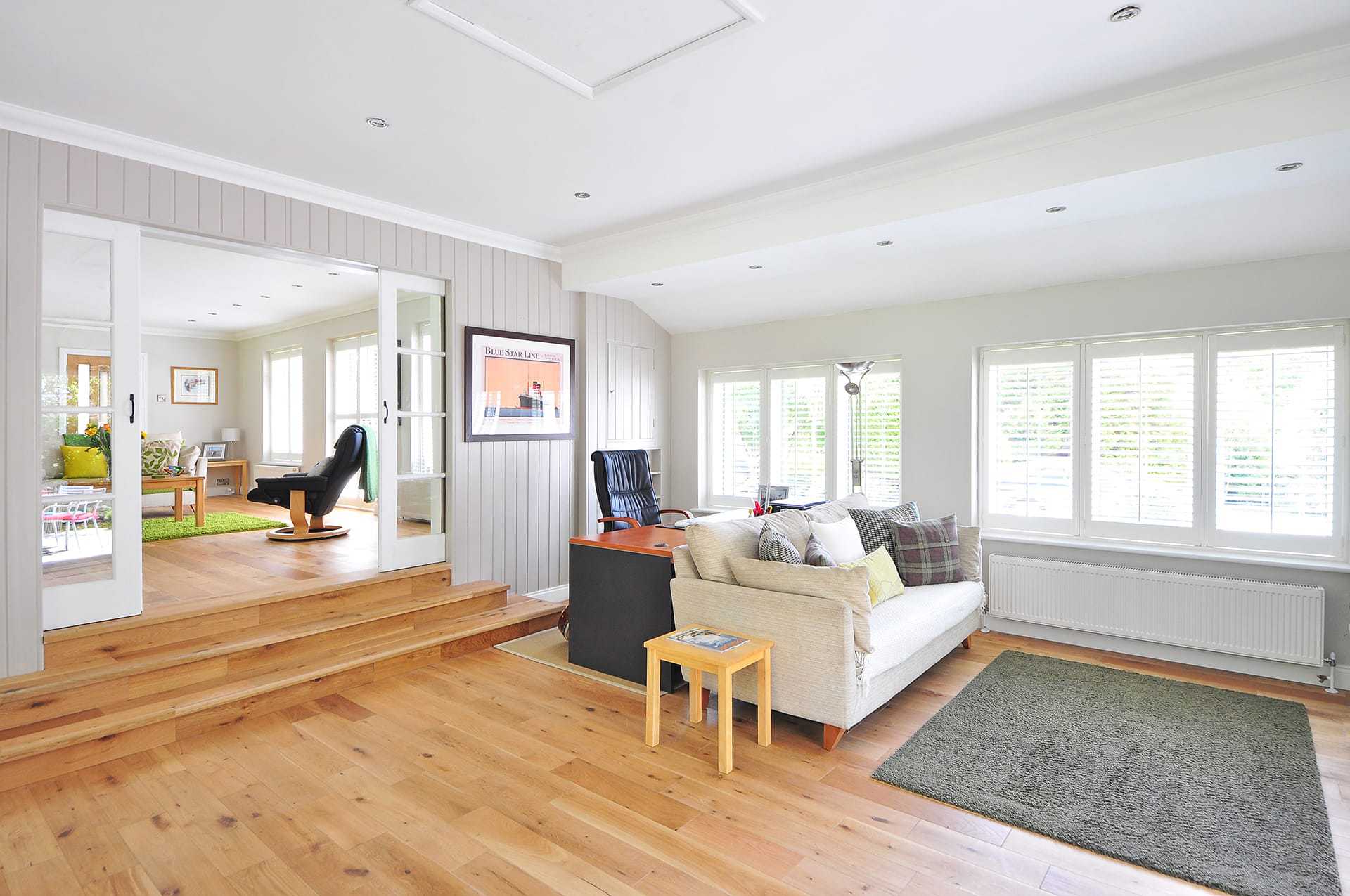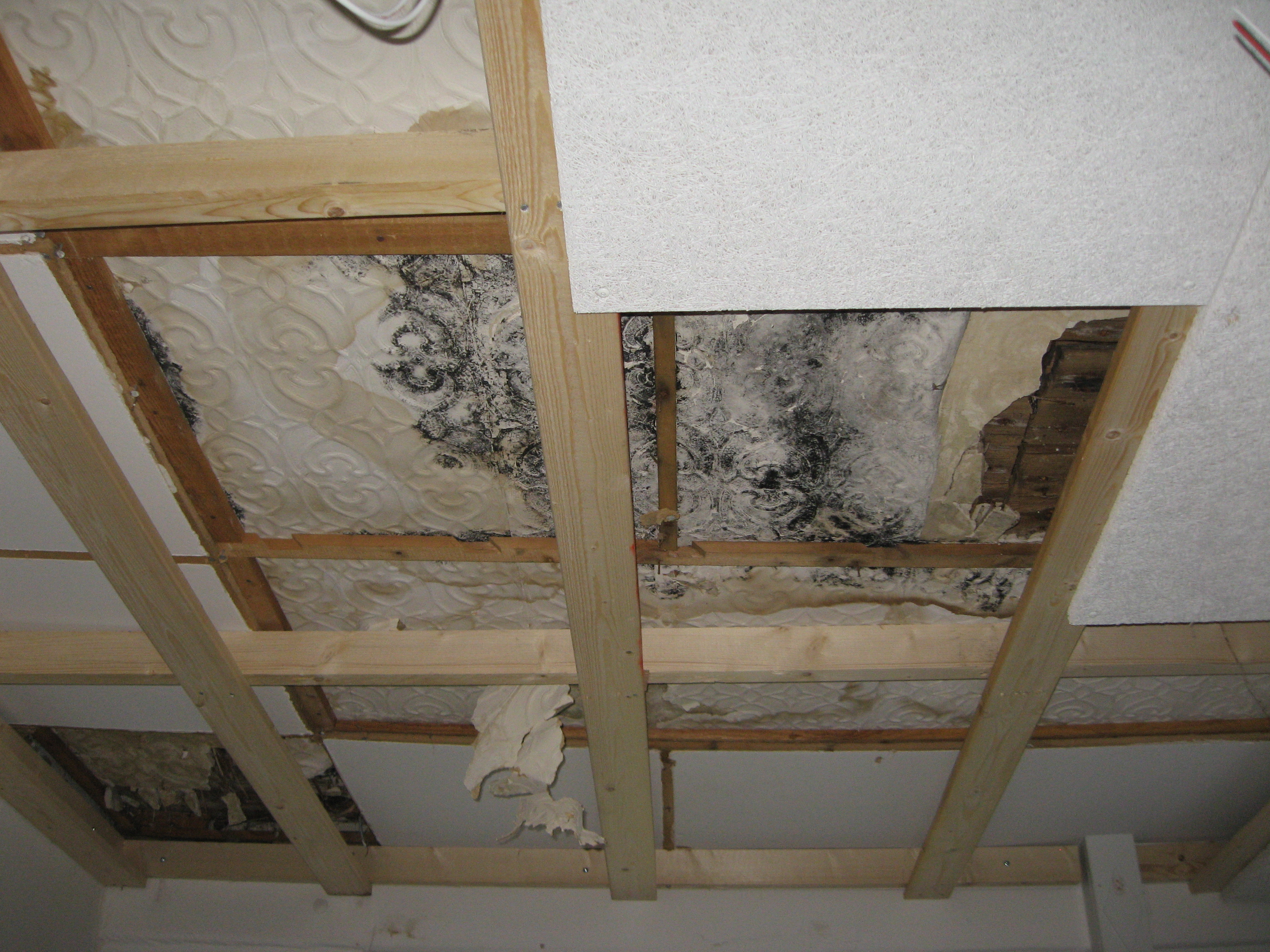
Moulds decompose organic matter, which are found in abundance in people’s homes: woodwork and glue as well as wallpaper and similar paper-based materials.
Consequently, moulds do not always grow on bare walls, ceilings or floors, but often behind them, under wallpaper or drywalls, beneath the floorboards, under the eaves, in crawlspaces, etc.
A further prerequisite for mould growth is humidity. Moisture on the surfaces of building materials may stem from water damage, but high humidity levels due to infrequent airing can also cause dampness in homes.
In old, poorly insulated houses, humidity tends to condense on cold outer walls, providing ideal conditions for moulds unless the place is aired regularly. Mould growths are always key indicators of humidity issues.
According to the World Health Organization, persistent humidity and mould growths on indoor surfaces and structural elements may pose health risks and should be avoided or confined.




